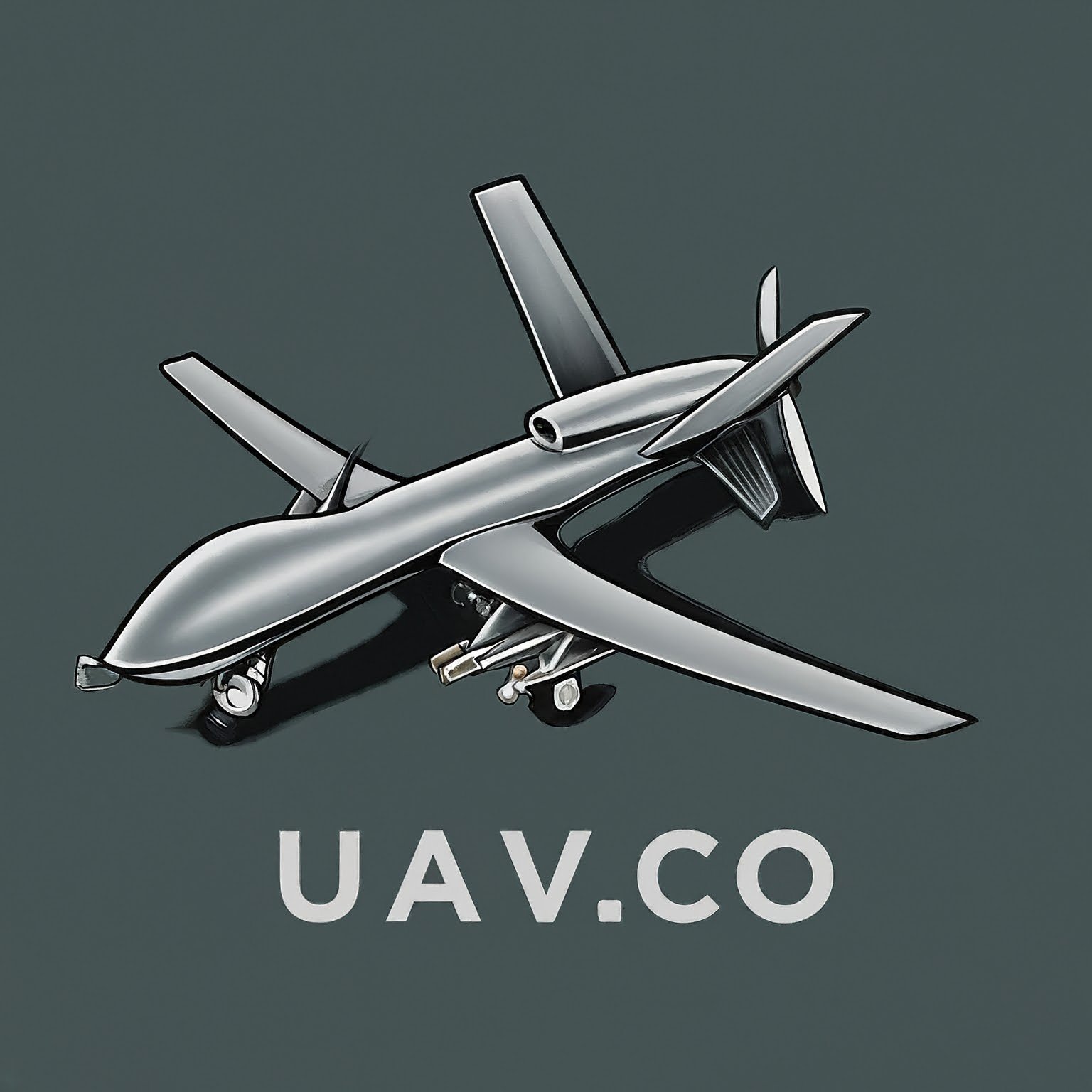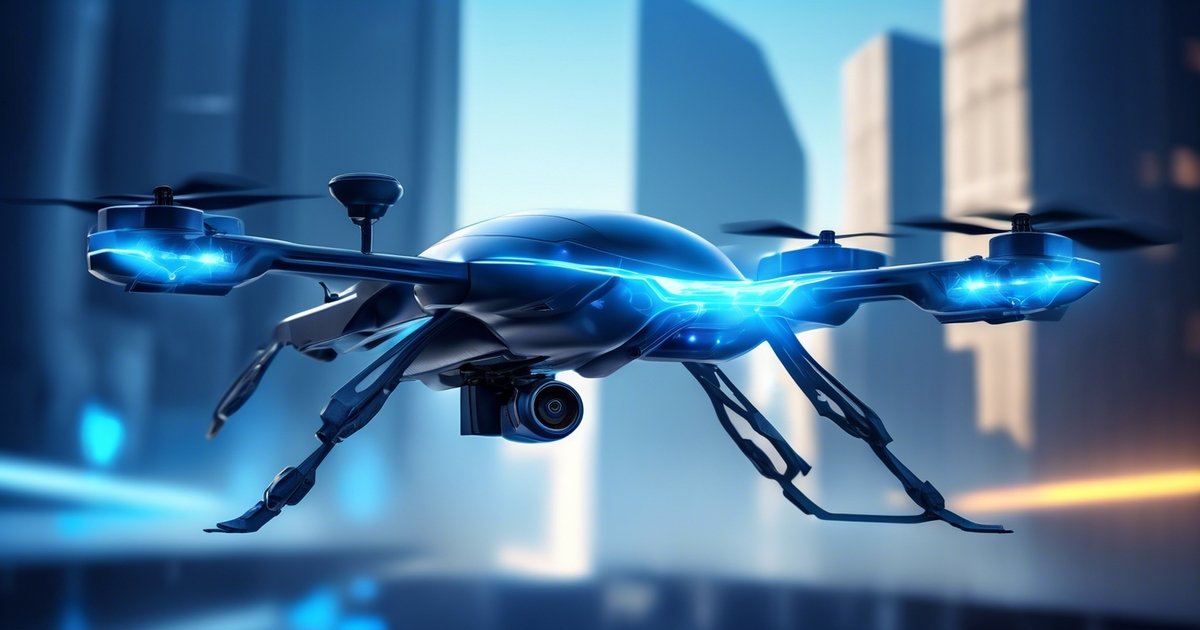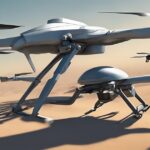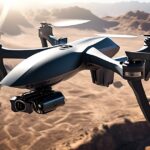The landscape of defense is rapidly evolving, with global military drone spending trends highlighting a significant shift towards unmanned aerial vehicles (UAVs). Nations across the world are increasingly investing in drones for surveillance, reconnaissance, and combat operations, recognizing their strategic advantage in modern warfare. This surge in expenditure reflects not only advancements in technology but also changes in military tactics and security policies. As we delve into the current state of military drone investments, it becomes clear that these trends are reshaping defense strategies on a global scale.
Key Takeaways
-
The global military drone market is experiencing significant growth, with projections indicating a substantial increase in spending up to 2030. This underscores the importance for defense sectors worldwide to allocate resources efficiently towards drone technology.
-
Technological advancements are a major driving force behind increased military drone spending, enhancing capabilities such as surveillance, reconnaissance, and targeted strikes. Stakeholders should prioritize investments in cutting-edge technologies to maintain a competitive edge.
-
Regional dynamics play a crucial role in the expansion of the military drone market, with specific countries leading in both development and deployment. Understanding these regional contributions can help stakeholders identify potential partnerships and investment opportunities.
-
Global events, including geopolitical tensions and security challenges, have a direct impact on military drone investments. It’s vital for policymakers and defense organizations to adapt their strategies in response to these evolving circumstances.
-
Emerging trends, such as autonomous operation and AI integration, are shaping the future of military drone applications. Staying ahead of these trends is essential for defense sectors aiming to leverage drones for operational superiority.
-
The future outlook for military drone spending points towards continued growth and innovation. Stakeholders should remain informed about market predictions to strategically plan for long-term investments in drone technology.
Overview of the Global Military Drone Market
Spending Surge
The global military drone market is witnessing a significant surge in expenditure. Countries worldwide are investing heavily in unmanned aerial vehicles (UAVs). This investment reflects growing security needs and technological advancements.
Military drones have become crucial for defense strategies. They offer advantages like real-time surveillance, precision targeting, and reduced risk to personnel. The U.S., China, and Russia lead in spending on these technologies.
Market Diversity
Diverse applications drive the military drone market’s diversity. UAVs are not just for reconnaissance anymore. They now play roles in combat missions, border surveillance, and logistics support.
This versatility has expanded the market significantly. Different types of drones cater to specific mission requirements. For instance, high-altitude long-endurance (HALE) drones focus on extended surveillance operations.
Private Sector Innovation
Increasing participation by private sector companies marks a shift in defense technology innovation. Traditional defense contractors are now joined by tech startups and established tech giants alike.
These collaborations foster rapid technological advances within the military drone sector. Companies like Northrop Grumman and DJI have made notable contributions to UAV development.
-
Pros include faster innovation cycles.
-
Cons might involve increased competition for government contracts.
Market Size and Growth Projections Up to 2030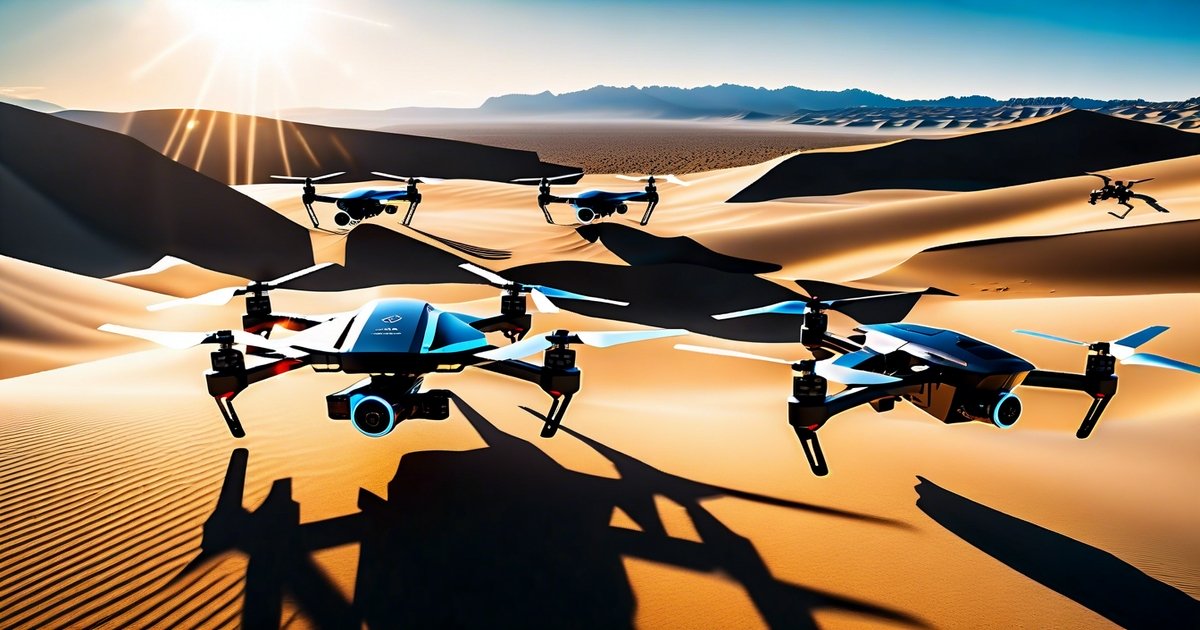
Doubling Predictions
The global military drone market is on a steep upward trajectory. Experts predict it will double by 2030. This growth stems from increasing security concerns worldwide.
Countries are investing more in military drones for surveillance, reconnaissance, and combat missions. These investments boost the market size significantly.
Investment Surge
Leading nations are pouring funds into research and development (R&D). The United States and China stand out in this trend. They aim to enhance drone capabilities and efficiency.
This surge in investment drives technological advancements. It results in more sophisticated military drones entering the market.
Regional Leaders
Asia-Pacific and North America are at the forefront of spending growth rates. Their geopolitical tensions necessitate higher defense spending, including on drones.
These regions invest heavily in developing indigenous drone technologies. They also form strategic partnerships with leading drone manufacturers.
Factors Driving Increased Military Drone Spending
Global Tensions
Rising global tensions fuel the demand for advanced surveillance. Countries face territorial disputes and security threats. This situation necessitates enhanced monitoring capabilities. Military drones offer a solution.
Drones provide real-time data in conflict zones. They are crucial for national security strategies. Their use extends beyond traditional warfare, aiding in peacekeeping missions globally.
Asymmetric Warfare
The shift towards asymmetric warfare highlights UAVs’ significance. Traditional battlefields have evolved. Non-state actors pose new challenges to national defenses.
UAVs play a pivotal role in modern conflicts. They offer intelligence and operational flexibility against unconventional threats. Drones adapt to various combat scenarios, proving indispensable.
Cost-Effectiveness
Drones surpass manned aircraft in cost-effectiveness for reconnaissance missions. Operating manned aircraft is expensive due to fuel, maintenance, and crew training costs.
Military drones reduce these expenses significantly:
-
Lower operational costs: Drones operate at a fraction of the cost.
-
Reduced risk to personnel: UAVs perform dangerous tasks without endangering lives.
Their affordability makes them attractive for defense budgets focused on efficiency and innovation.
Impact of Technological Advancements on Drone Demand
AI Integration
The integration of Artificial Intelligence (AI) and machine learning into drones has significantly enhanced their capabilities. These technologies allow drones to perform complex tasks autonomously. For instance, they can identify targets, navigate challenging terrains, and make real-time decisions without human intervention.
This autonomy has made drones more attractive for military use. They reduce the risk to human life in combat zones and increase operational efficiency.
Stealth Technology
The development of stealth technology for drones marks a significant leap forward. This technology makes drones harder to detect by radar or other surveillance methods. As a result, they become highly effective tools in combat zones for intelligence gathering and surprise attacks.
Stealth technology enhances the strategic value of military drones. It allows them to operate undetected behind enemy lines, providing critical data with minimal risk.
Enhanced Capabilities
Drones now boast longer flight durations and greater payload capacities. This expansion in capabilities means that they can undertake longer missions over vast distances without needing to return to base frequently for refueling or maintenance.
These advancements have broadened the scope of missions that drones can perform. From prolonged surveillance operations to carrying heavier equipment or weapons, these enhancements cater directly to evolving military needs.
Regional Analysis and Key Contributors to Market Growth
US and China
The United States and China lead in global military drone spending. Their investments reflect a race for superior technology. Both nations prioritize drones for surveillance, reconnaissance, and combat roles.
Technological advancements fuel their dominance. The US has developed drones with longer flight times and more precise targeting capabilities. In contrast, China focuses on AI integration, making drones more autonomous.
Middle East Investments
The Middle East is ramping up its drone spending. This increase ties directly to regional instability. Countries like Saudi Arabia and the UAE view drones as essential for defense and intelligence gathering.
Their investments aim at enhancing border security and monitoring potential threats efficiently. Drones offer a strategic advantage in conflict zones without risking human lives.
European Collaboration
Europe takes a different approach by emphasizing collaborative projects involving UAV technology. Nations are pooling resources to develop advanced military drones that can operate across borders seamlessly.
Projects like the Eurodrone highlight this trend towards cooperation rather than competition within Europe’s defense sector.
-
Benefits include cost savings
-
Shared technological developments
-
Strengthened political alliances among member states
Influence of Global Events on Military Drone Investments
Conflict Acceleration
Military drones have become pivotal in modern warfare and peacekeeping missions. Conflicts around the world expedite drone procurement cycles. Nations seek advanced surveillance and combat capabilities to ensure security. The demand for military drones increases significantly during conflicts.
For example, recent tensions in Eastern Europe prompted countries to invest heavily in drone technology. These investments aim at enhancing reconnaissance and precision strike capabilities. The urgency of these procurements reflects the critical role drones play in contemporary conflicts.
Regulatory Impact
International regulations and treaties also influence drone development strategies. Countries must navigate complex legal frameworks when developing or procuring military drones. These regulations can limit certain technologies or mandate specific operational protocols.
The Missile Technology Control Regime (MTCR) is one such framework affecting drone exports and development globally. Compliance with MTCR guidelines ensures that nations adhere to international standards, shaping their investment and development approaches accordingly.
Pandemic Effects
The COVID-19 pandemic temporarily shifted military spending patterns, including for drones. Budget reallocations aimed at managing the health crisis led to short-term decreases in defense spending.
However, as situations stabilized, funds began flowing back into defense budgets with renewed focus on unmanned systems’ strategic importance. This shift underscores how external factors like pandemics can momentarily impact military priorities but also highlight the resilience of drone investment trends over time.
Emerging Trends in Military Drone Technology and Applications
Swarm Drones
Swarm drone technology is reshaping combat strategies. Armies are exploring how multiple drones can operate together, mimicking a swarm of insects. This approach promises enhanced efficiency and tactical advantages.
Swarm drones offer multiple benefits. They complicate enemy defenses, as targeting numerous small drones is harder than a single large one. Also, they provide redundancy; losing one drone has minimal impact on the mission.
Counter-Drone Systems
The rise in drone usage has led to an increased focus on counter-drone technologies. Nations are investing heavily to protect against potential threats posed by enemy drones.
Counter-drone systems include various methods:
-
Electronic jamming
-
Physical nets
-
Directed energy weapons
Each method aims to neutralize or capture hostile drones without causing collateral damage.
Hybrid Models
Hybrid models that combine features of both fixed-wing and rotary-wing (helicopter) drones are gaining popularity. These hybrids offer the best of both worlds: long-distance travel and hovering capabilities.
Benefits of hybrid models include:
-
Extended flight duration
-
Ability to take off and land vertically
-
Versatility in different environments
These features make them ideal for surveillance, payload delivery, and search-and-rescue missions.
Future Outlook and Predictions for Military Drone Spending
Growth Trajectory
The global military drone spending is set to follow a robust growth trajectory. This surge is powered by continuous innovations in drone technology, which open new use cases. For instance, drones now offer capabilities beyond surveillance, including cargo transport and combat roles.
These advancements ensure that military forces worldwide will increasingly rely on drones. As such, budgets allocated for drone procurement and research are expected to rise significantly. This trend reflects a strategic shift towards leveraging technological superiority in defense strategies.
Autonomous Operations
A key factor driving future military drone spending is the move towards autonomous operations. Drones capable of operating without direct human control reduce the risk to personnel. They also enhance operational efficiency.
Autonomy in drones spans from navigation and flight control to decision-making processes during missions. The integration of artificial intelligence plays a crucial role here. It enables drones to perform complex tasks independently, making them invaluable assets on the battlefield.
Ethical Considerations
Ethical considerations and international norms are shaping the design and use of future military drones. There’s growing awareness about the need for responsible usage that minimizes collateral damage and respects international law.
Manufacturers are thus focusing on developing systems with greater precision and accountability features built-in. These measures aim at ensuring that while drones remain effective tools for national defense, their deployment aligns with global ethical standards.
Final Remarks
The global military drone market, as detailed, is on a trajectory of significant growth, driven by the amalgamation of technological advancements, geopolitical dynamics, and an increasing appetite for unmanned aerial capabilities. This comprehensive analysis underscores the multifaceted factors propelling military drone spending, including the influence of global events and emerging technological trends. It illuminates the strategic imperatives that nations face in bolstering their defense mechanisms through sophisticated drone technology. The regional insights highlight a competitive landscape, with key contributors steering the direction of market expansion and innovation.
Looking ahead, the future of military drone spending appears robust, shaped by relentless technological evolution and strategic military needs. Stakeholders must remain vigilant, adapting to the rapid changes within this dynamic sector. For policymakers, industry leaders, and defense strategists, the insights provided offer a foundation for informed decision-making and strategic planning. It invites further exploration into how evolving drone capabilities can be harnessed to enhance national security and global stability. As the landscape continues to evolve, continuous analysis will be paramount in navigating the complexities of military drone investments.
